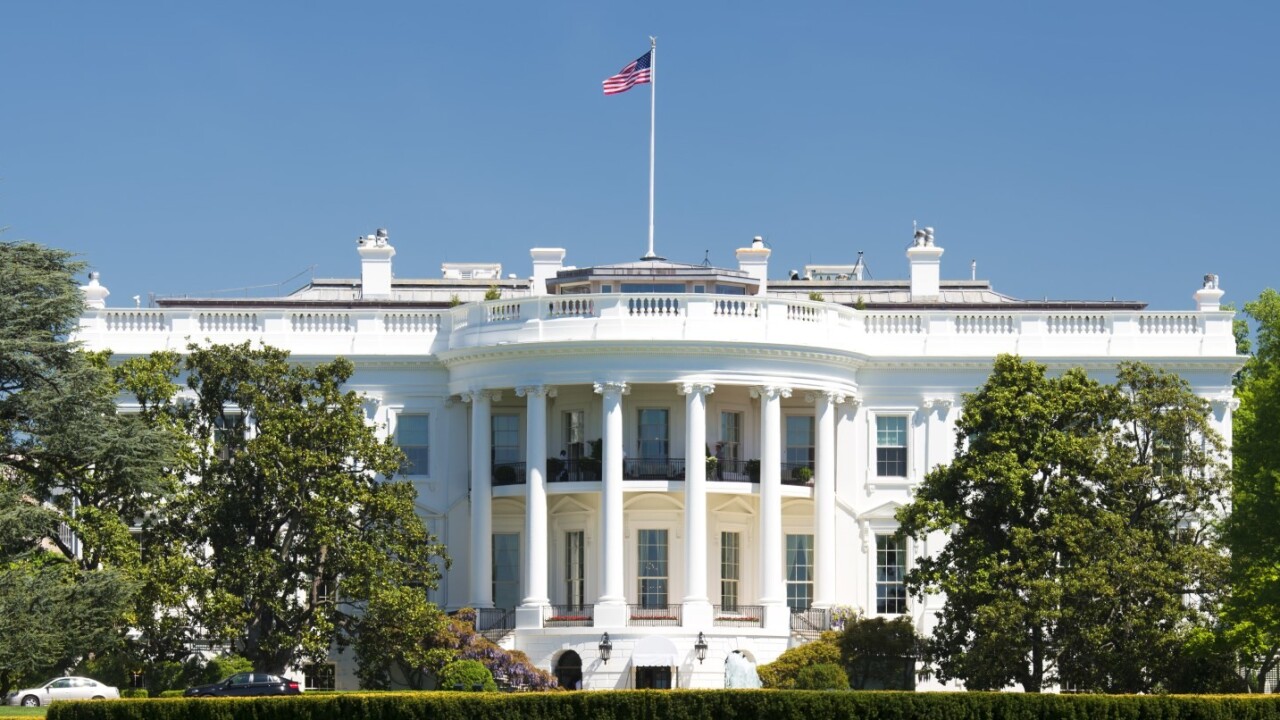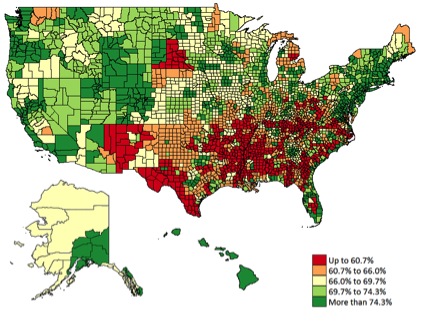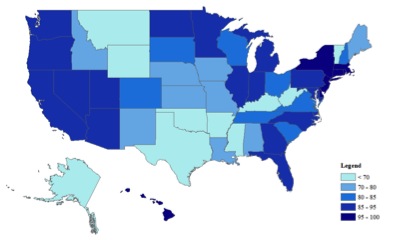
Broadband internet access is no longer a luxury but a necessity: That’s the message of a new report, commissioned by the White House.
The Broadband Opportunity Council, chaired jointly by the Agriculture and Commerce Departments and tasked by President Obama with presenting solutions to the lack of broadband Internet access by millions of Americans, spent five months reviewing every major Federal program that supports broadband access.
The overall takeaway, according to a White House blog post accompanying the report, is that “Broadband has steadily shifted from an optional amenity to a core utility … taking its place alongside water, sewer and electricity as essential infrastructure for communities.”
The Council’s 40-page Report and Recommendations details progress over the past five years in Americans’ internet access and use — 84 percent of Americans are now online, compared with 76 percent 5 years ago, while over 98 percent of Americans now have access to 4G mobile broadband access.
Still, the report noted persistent problems due to income, geography, education and other demographic factors that have proven to be barriers for some 25 percent of the population (according to 2012 census data) that still do not have broadband internet in their homes. Even for those who do have high-speed connectivity, lack of competition is an issue.

According to the blog post, about 51 million Americans still cannot purchase a wired broadband connection with download speeds of at least 25 Mbps, while just 63 percent can access speeds of 100 Mbps or over (from 2013).
The report outlined a list of federal government actions to be implemented within 18 months:
- Modernize Federal programs valued at approximately $10 billion to include broadband as an eligible program expenditure, such as the Department of Agriculture’s (USDA) Community Facilities (CF) program, which will help communities around the country bring broadband to health clinics and recreation centers;
- Create an online inventory of data on Federal assets, such as Department of the Interior (DOI) telecommunications towers, that can help support faster and more economical broadband deployments to remote areas of the country;
- Streamline the applications for programs and broadband permitting processes to support broadband deployment and foster competition; and
- Create a portal for information on Federal broadband funding and loan programs to help communities easily identify resources as they seek to expand access to broadband.
In July, the government launched the ConnectHOME program in 27 cities and one tribal nation to bring Internet access to some 275,000 low-income households.
In addition to government resources, the administration seeks additional participation by the private sector, local, state and Tribal governments, community organizations and foundations to assist communities and encourage additional investment.
➤ Delivering on Broadband Opportunity [White House/HT Ars Technica]
Get the TNW newsletter
Get the most important tech news in your inbox each week.





